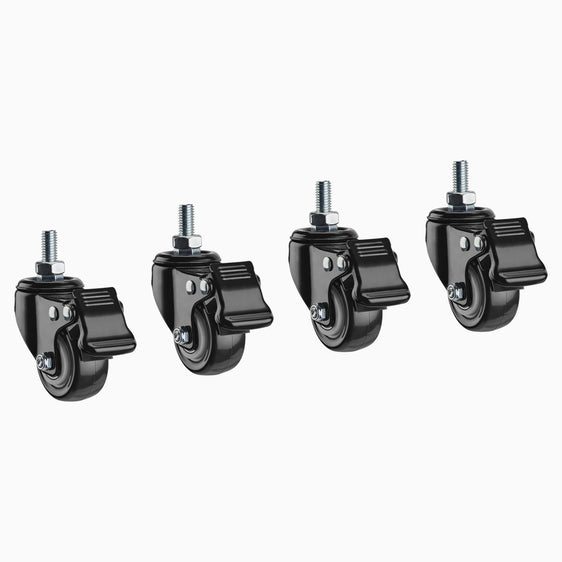
FAQ
What is the cheapest wood for a table top?
Hayden AdamsAre you seeking a cost-effective solution for your table top needs? When it comes to selecting the right material, certain types of wood tend to be more wallet-friendly. But which is the least expensive?
Which wood is the least expensive?
While several varieties of wood may be affordable, softwoods emerge as the most inexpensive choice, particularly types like pine, spruce, and fir. These woods are abundant, easily harvested, and versatile, making them ideal choices for diverse applications, including table top construction.
Their categorization as “soft” has less to do with density, and more with their classification as conifers. As confirmed by the Wood Database, a highly authoritative source on the topic.
What type of wood is best for table top?
The best wood for your table can be determined by aspects like aesthetic appeal, durability, and strength. While walnut, mahogany, oak, and cherry are popular choices due to their resilience and aesthetic appeal, other woods such as maple and pine may be equally suitable choices, depending on your project's requirements.
For quality hardwood desk tops including walnut and oak, you can explore our collection.
{{ spec_dual_resin_hardwood }}What is the cheapest material for a table?
In the realm of cost-effective table materials, particle board emerges as an affordable contender. It is often more cost-efficient compared to solid wood due to its construction from wood chips and sawmill shavings bonded together.
While particle board might not have the longevity or aesthetic appeal of resin hardwood, it remains a viable option for those with a tight budget. Resins also last a long time, making them a great option.

What wood is most cheap furniture made of?
When it comes to building affordable furniture, pine is commonly used due to its availability and relative cheapness compared to other hardwoods. Its soft nature also makes it user-friendly, though it might be more prone to dents and scratches.
Similarly, poplar, a budget-friendly hardwood, is easy to paint or stain and has a straight grain making it ideal for several types of desks.
Conclusion
Ultimately, the decision of wood for your table top will be determined by factors such as budget constraints, desired aesthetics, and durability requirements. More affordable options like pine and poplar provide utility in cost-effective projects, while higher-end woods like mahogany and oak offer longevity and beauty.










